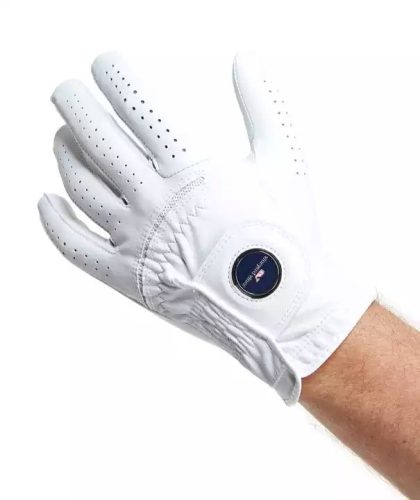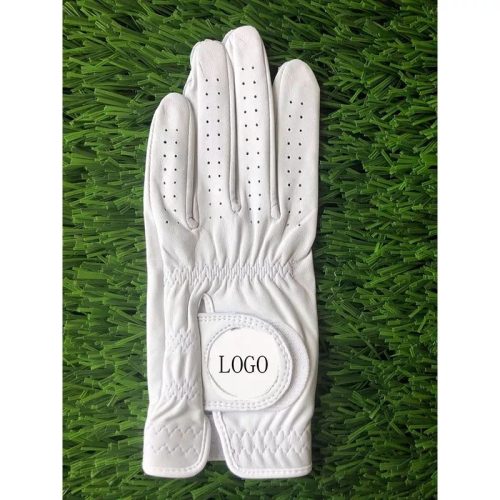Choosing the right golf ball for different weather patterns can help you optimize your performance on the golf course. Here are some tips to help you choose the best golf balls for different weather conditions:
- Hot weather: In hot weather, the air is less dense, which can cause golf balls to fly farther. If you’re playing in hot weather, look for golf balls with a low compression rating, which can help you achieve maximum distance off the tee. Golf balls with a harder cover material, such as Surlyn, can also perform well in hot weather conditions.
- Cold weather: In cold weather, the air is denser, which can cause golf balls to fly shorter distances. If you’re playing in cold weather, look for golf balls with a high compression rating, which can help you achieve more distance on your shots. Golf balls with a softer cover material, such as urethane, can also perform well in cold weather conditions.
- Windy weather: In windy weather, it’s important to choose a golf ball that can handle the wind and maintain a consistent flight path. Look for golf balls with a low spin rate, which can help reduce the effects of the wind. Golf balls with a harder cover material, such as Surlyn, can also perform well in windy conditions.
- Wet weather: In wet weather, it’s important to choose a golf ball that can maintain its performance even when it’s wet. Look for golf balls with a urethane cover material, which can provide good grip and control even in wet conditions.
Remember that every golfer is different, and what works best for one player may not work for another. Experimenting with different brands and models of golf balls can help you find the one that works best for your swing and playing style in different weather patterns.


